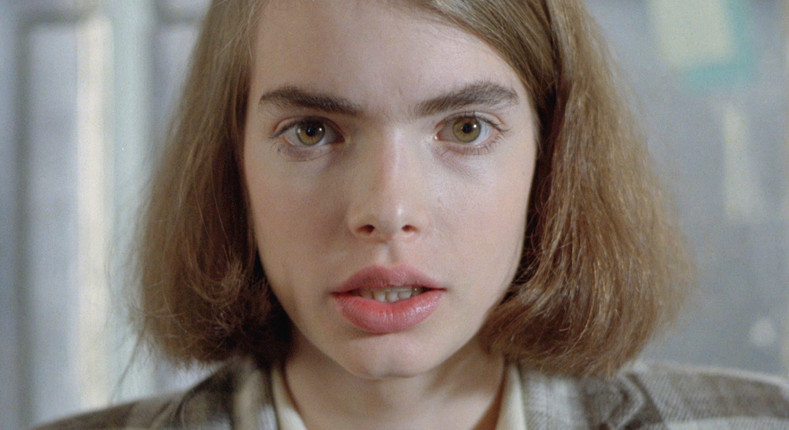
Tired of looking for never-before-seen thrillers and always end up watching “Seven” or “The Silence of the Lambs”? If that’s the case, don’t look further. Here’s a list of lesser known thrillers from all around the world that will keep you on the edge for their entire duration. Enjoy the ride!
1. Ms. 45 (1981)
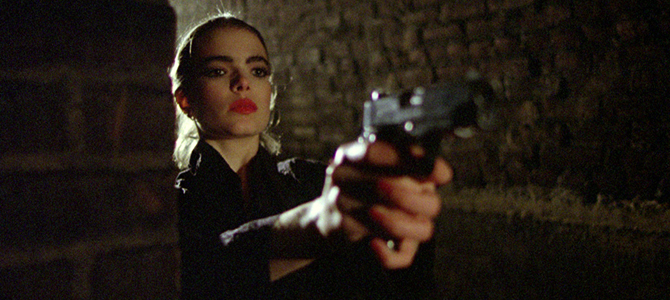
Still in his early career, Abel Ferrara – in conjunction with his long-time collaborator, screenwriter Nicholas St. John – directs a brutal and caustic “rape and revenge” thriller movie, where the main character Thana (Zoë Lund) begins a spiral of violence triggered by the psychological aftermath of a double rape.
As usual, Ferrara is able to use a small and stringent budget and elevates it with his style and vision of cinema. The movie essentially lives on the magnificent performance of the late Lund, who’s able to give a convincing portrait of a mute seamstress in the wild and unforgiving urban jungle of New York City; the performance is also elevated by the fact that Lund was at her debut as an actress. At the same time, “Ms. 45” is dominated by the ferocious and dark style of Ferrara, whose violent, extremist, and unconventional vision has always characterised his stories on the screen.
“Ms. 45” is definitely not recommended for the faint of heart; however, once the more gruesome sequences are set aside, the movie doesn’t lose its power and – on the contrary – leaves you with the provocative question of the legitimacy of vigilante justice and with the difficult task of dealing with the actions of the main character.
2. The New York Ripper (1982)
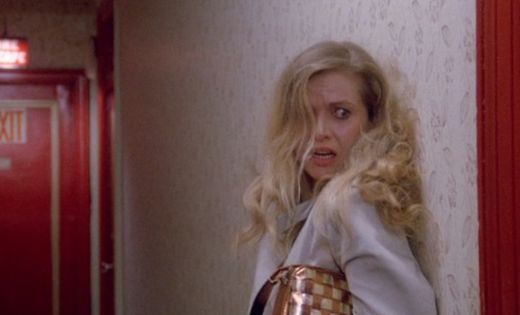
Lucio Fulci is mostly known for his essential contribution to the horror genre, to the point of being revered as the “The Godfather of Gore” by enthusiasts all over the world. However, the extensive filmography of the Italian cult director is wide enough to encompass all genres.
“The New York Ripper” is a pure giallo film, without lacking the particular vision of violence of the director. The movie revolves around a series of mysterious crimes committed by a possible serial killer with a strange duck-like voice. While the murders continue to occur, a detective (Jack Hedley) is put in charge of the investigations in order to stop the brutal homicides.
The movie is totally dominated by the classic style of Fulci, not only gory and “in your face,” but also flawlessly impeccable. The building of and the actual murder of the live sex performer is effortlessly shot between close-ups and wider shots, while the green neon light chosen for the final part of the sequence is particularly effective in creating a dark and gloomy setting for the crime.
“The New York Ripper” is an overlooked small gem by Fulci, mostly going unnoticed or avoided for the strange voice of the serial killer. Don’t be misled by this, have faith in Italian giallo and – if possible – watch the uncensored version.
3. White Dog (1982)
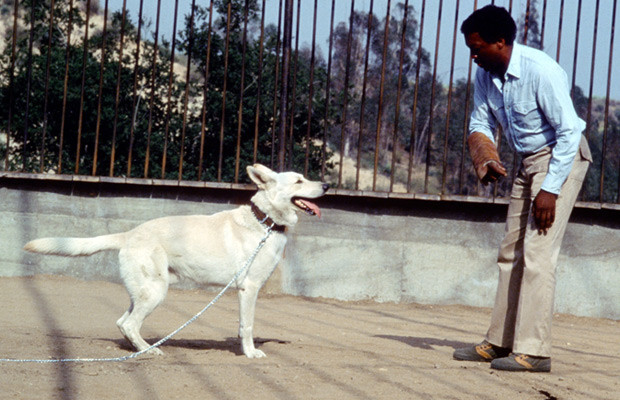
Undoubtedly one of the best movies of the 1980s, unfortunately unknown due to its controversial material and its consequently limited theatrical release at the time. Dealing with themes of racism and prejudice in the US, the director Samuel Fuller – the unsung hero of American cinema – tells us the story of Julie Sawyer (Kristy McNichol), an actress in Hollywood who hit and rescued a German Shepard. After a series of accidents, Julie realises that the dog is trained to attack African Americans and seeks the help of Keys (Paul Winfield), a dog trainer specialised in white dogs.
The focal point of the movie is the symbolic representation of the characters. While the German Shepherd obviously embodies racism, the character of Keys stands for those who believe racial prejudices are thoughts and that racists can be cured; at the same time, a colleague of Keys – very skeptical about Keys’ methods – represents those who think racism cannot be cured. Only the ending will tell the director’s own position on the matter of racism.
Some – me included – regard “White Dog” as Samuel Fuller’s masterpiece: a film connoisseur should know that the words “Samuel Fuller” and “masterpiece” are already a reason enough to watch the movie as soon as possible.
4. Strangler vs. Strangler (1984)
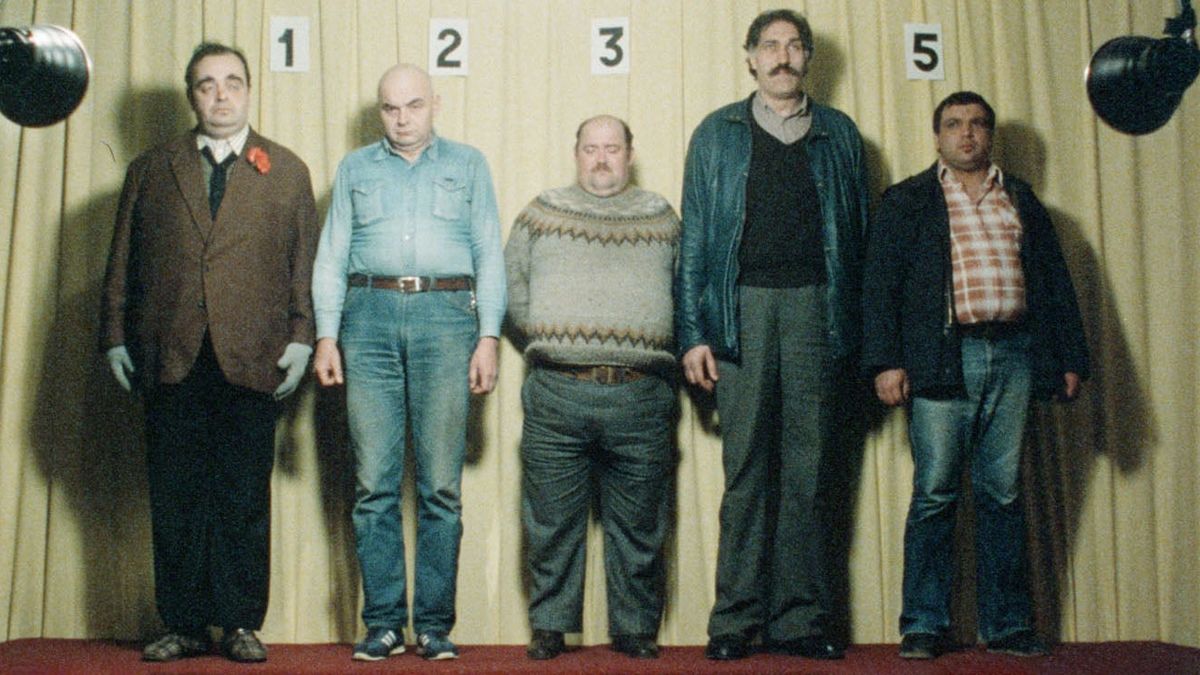
“Strangler vs. Strangler” is an insane thriller blended with black comedy and horror tones. Set in Belgrade, Serbia, the movie narrates the story of Pera Mitić (Taško Načić), a carnation seller with an Oedipus complex-like relationship with his mother. Pera, after being regularly punished by his mother for not selling the flowers, begins to kill the customers who pass on his flowers. As the murders unfold, Pera’s path is crossed by inspector Ognjen Strahinjić (Nikola Simić) – who is appointed for the case – and by Spiridon Kopicl (Srđan Šaper), a rock star who becomes obsessed with the serial killer.
What captures the essence of the movie, aside from the blend of genres and the satirical references to the great masterpiece “Psycho” (1960), are the amazing and amusing performances of Načić, perfect in the role of the killer, and of Simić, gradually becoming crazy as he tries to catch the Belgrade murderer.
The obscurity of “Strangler vs. Strangler” shouldn’t discourage the reader from approaching a movie that is perfectly able to combine and balance comedic moments with violent sequences, never forgetting the thriller aspect at its core.
5. The Element of Crime (1984)
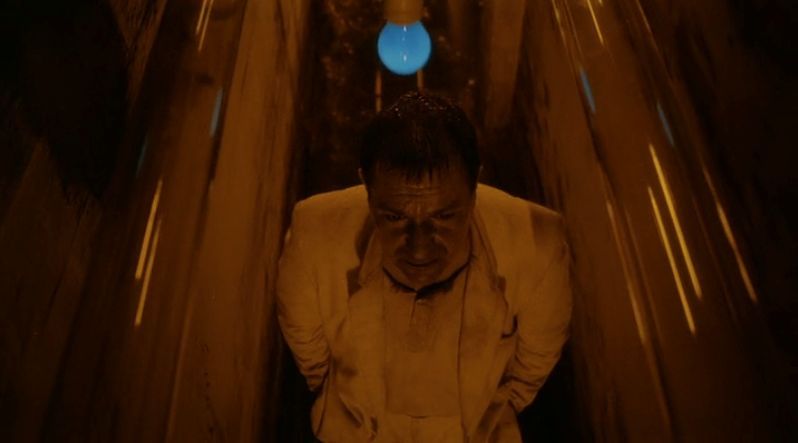
An expatriate detective living in Cairo named Fisher (Michael Elphick) decides to undergo hypnosis, in order to remember his last case in Europe. During the dreamlike reminiscence of the experience, he describes the investigation of the murder of a young girl who worked as a lottery ticket saleswoman. In order to find the killer, Fisher uses an investigation method – explained in the book “The Element of Crime,” written by his mentor Osborne (Esmond Knight) – that makes him overlap his mind with the murderer’s mind. By doing so, he tries to retrace his path and find him.
“The Element of Crime” cannot be regarded as a pure thriller, given the contamination with the sci-fi genre, represented by the post-apocalyptic and dystopian settings. At the same time, the particular choice of cinematography – the movie is shot with sodium light, which creates an impressive sepia tone, sometimes broken by blue lights in order to create high contrast – hints explicitly at noir. However, the technical aspect does not overshadow the plot of the movie, which stands out for its intricacy and perspicacity. The viewer is completely captured by the hazy atmosphere and the psychological evolution of the main character.
Oddly enough, this first effort by von Trier is usually overshadowed by his more recent movies. Make sure to watch “The Element of Crime” as soon as possible because the themes that von Trier became famous for – the themes of psychoanalysis, conflict, and human nature – are present from the beginning.